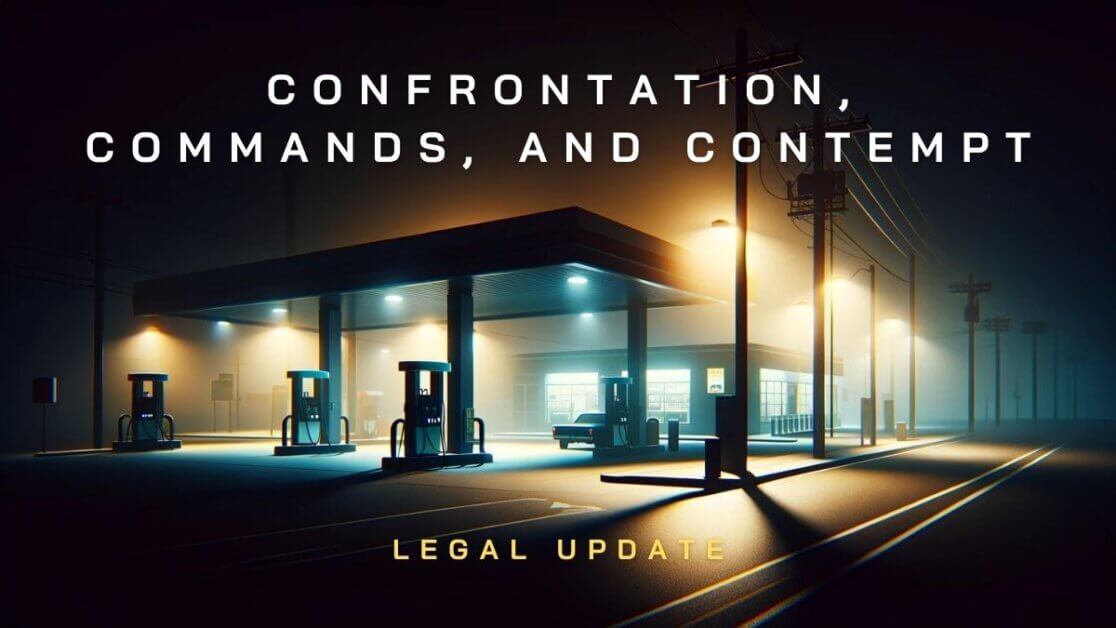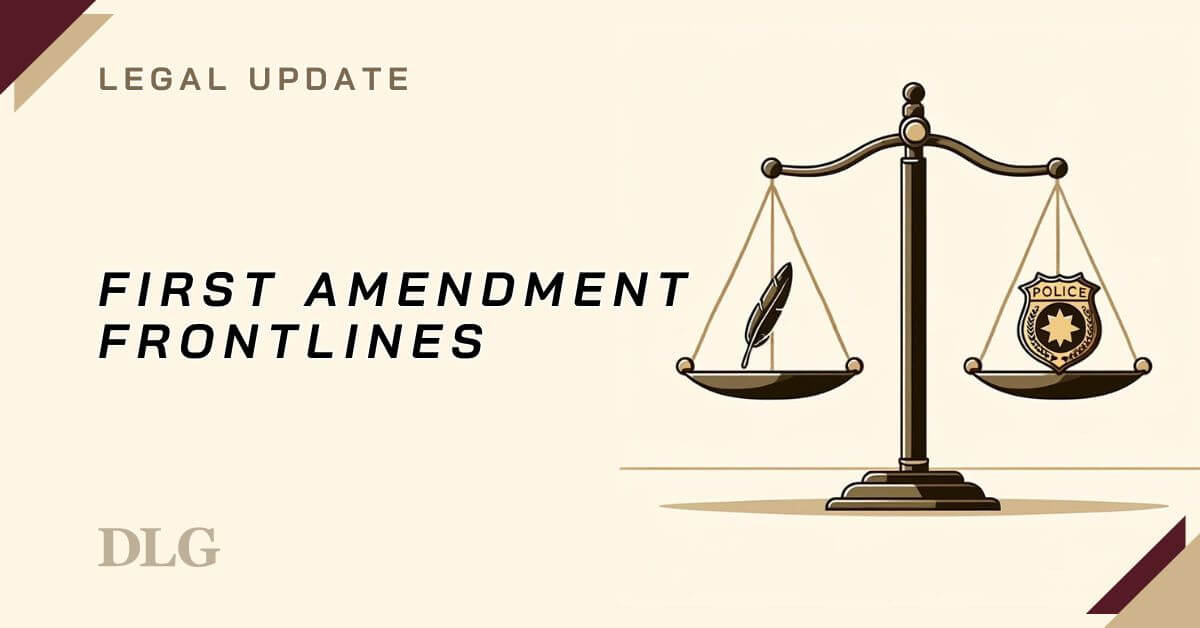Use of Force and Incident Reports Are Not Compelled Reports
One of the questions I am often asked when implementing a Use of Force Reporting system that requires completion of a use of Force report is whether the required completion of a use of force report is a compelled statement for purposes of Garrity. I am also often asked if in investigations where officers have refused to complete a required incident report or use […]
Use of Force and Incident Reports Are Not Compelled Reports Continue Reading


